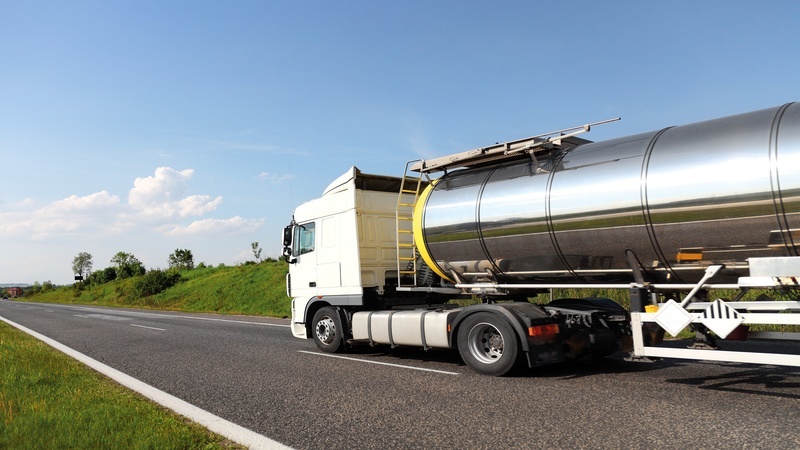In today’s digital age, rapid and reliable internet connectivity has become a cornerstone of societal and economic growth. Aerial fiber optic cable installation plays a pivotal role in expanding this infrastructure, offering a faster and more secure method of data transmission over long distances. This guide delves into the essentials of aerial fiber optic cable installation, providing a comprehensive overview of the process and best practices as of 2025.
Understanding Aerial Fiber Optic Cables
Before diving into the installation process, it’s essential to understand what makes aerial fiber optic cables a preferred choice:
• High-Speed Transmission: : Fiber optics transmit data at speeds close to the speed of light.
• Reliability: : Less susceptible to interference and attenuation compared to traditional cables.
• Bandwidth: : Higher capacity to handle simultaneous transmissions, crucial for both residential and commercial needs.
Planning and Preparation
Effective installation begins with meticulous planning:
Installation Techniques
The actual installation of aerial fiber optic cables involves several critical steps:
• Pole Installation: : Secure the poles at designated spots along the installation route. These poles support the cable over long distances.
• Cable Stringing: : Fiber optic cables can be lashed to a messenger wire or directly attached to the pole line.
• Sag and Tension: : It’s vital to maintain proper sag and tension to prevent cable damage due to environmental factors.
Maintenance and Troubleshooting
Post-installation, regular maintenance is crucial to ensure longevity and performance:
• Regular Inspections: : Check for physical damages or sagging sections of the cable.
• Immediate Repairs: : Address damages or disruptions quickly to restore service and prevent further issues.
• Upgrades: : Update hardware and software components as needed to keep up with technological advancements.
Safety Considerations
Safety is paramount during the installation and maintenance of aerial fiber optic cables:
• Climbing Gear: : Utilize proper safety harnesses and climbing equipment when working on poles.
• Traffic Control: : Implement effective traffic management strategies in areas where installation might affect the flow of vehicles.
• Training: : Ensure all personnel are thoroughly trained in safety protocols and installation techniques.
Conclusion
Aerial fiber optic cable installation is a complex but crucial process that requires careful planning, precise execution, and ongoing maintenance. By adhering to the outlined best practices, organizations can ensure efficient and safe installation, ultimately providing users with the high-speed, reliable internet service required in today’s connected world. As we move further into 2025 and beyond, staying updated on the latest techniques and technologies in fiber optic installation will continue to be essential for meeting the growing demands of global connectivity.


